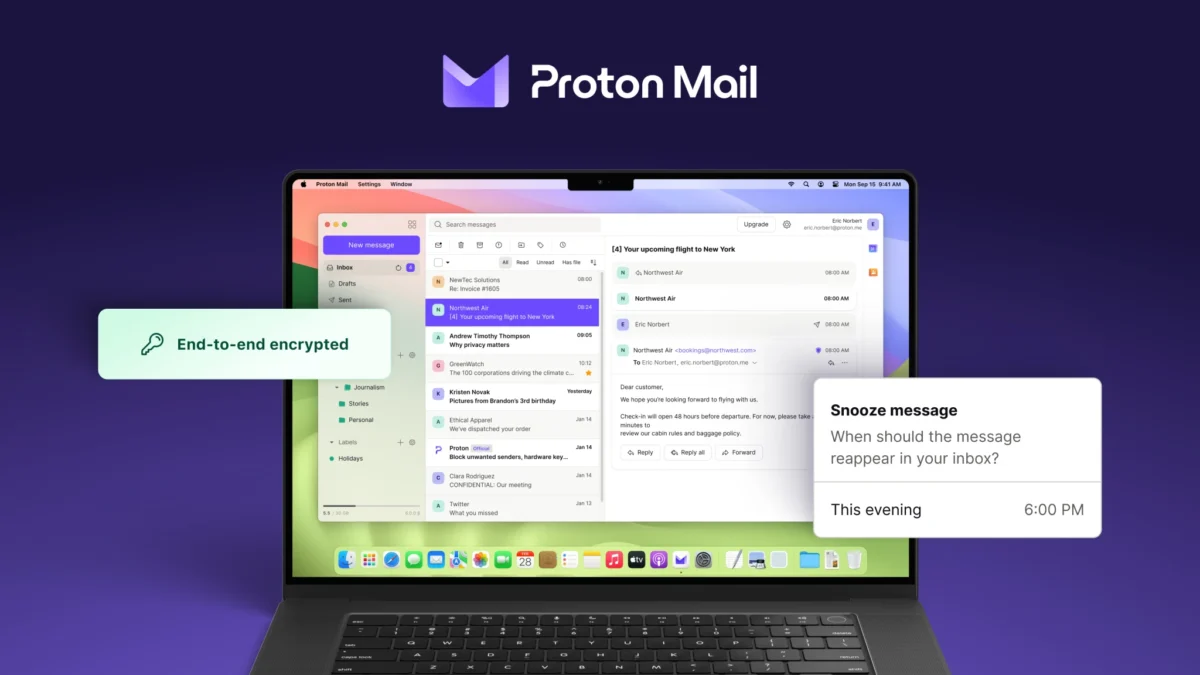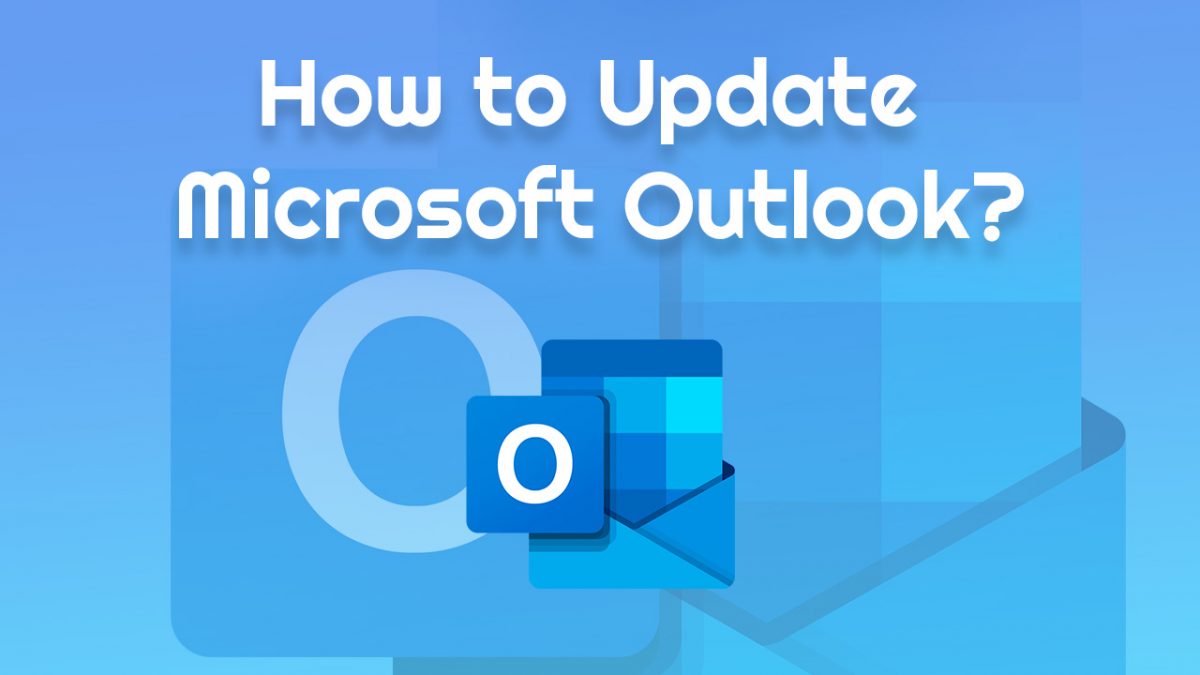Thunderbird's future may look like this

Mozilla's announcement that the Thunderbird desktop email client would be moved to the bottom of the organzation's priority list came as a shock to the community as it was one of the two programs - the other is the Firefox web browser - Mozilla is best known for. The reason for the move was to use resources for other projects, especially web and mobile projects like Firefox OS.
Mozilla at Mozcamp last week outlined how Thunderbird's future could look like. Paid-staff that is contributing to the Thunderbird project will be reduced to a minimum in almost all development and support sections. Only security & privacy, and release engineering will be maintained by paid staff members, with release management the only other section where paid staff members participate equally. All other sections are moved towards a contributor powered system if it has not been that way all along.
It is the community that will take over code reviews, feature development, web development and marketing for the most part, like it does already when it comes to localization, documentation, support and QA.
The release of Thunderbird 17 on November 24, 2012 marks the beginning of this new development process and focus. The new release and governance model falls in line with the release of Thunderbird 17 ESR, an extended support release of the email client.
New versions of Thunderbird will still be released every six weeks to stay in sync with the release schedule of the Firefox web browser. Thunderbird will however use ESR versions, that is 17.0, 17.0.1, 17.0.2, instead of the currently used major version updates. There won't be a Thunderbird 18, 19 or 20. The emphasize lies on security and stability updates for the email client, and not feature updates. In fact, the majority of Thunderbird releases from version 17 on will not include any feature updates whatsoever.
Mozilla aims to bring the next feature update to Thunderbird 24 ESR which is expected to be released on September 10, 2013. There is still a chance that features will be integrated earlier into the Thunderbird email client, but that depends on solely on community contributions.
To sum it up:
- Thunderbird Extended Support Releases get released once a year
- The community adds features and improvements to the release
- Thunderbird mainstream is released once or twice a year
- Thunderbird updates every six weeks with security and stability improvements and fixes.
It needs to be noted that this is currently in planning stage and not confirmed as the way to go forward. It is however likely that this is how it is going to be. (thanks Sören)
Advertisement





















At last….all addons will become COMPATIBLE….hopefully as no more crazy releases and code change !!! there are many geniuses in the community that CAN do amazing things !!!
TB has everything i need…and i WON’T use anything else….
I have watched this for a while and am still amazed that a company would shoot themselves in the foot… 2 million customers and they are giving them the finger.
I would gladly pay for this program as I do other vendors. Let’s see… For a start let’s charge $10 bucks, or maybe $20… you do the math Mozilla. I think you could pay for those staffers that you are moving to other projects.
The only thing you would have to do is fix some of the annoyances such as “Get mail at program start:” feature that hasn’t worked for a long while.
I agree with the previous writer… fix things first before going to the “gee-whiz 2kool FlickrYouTube-BloggerFacebookTwitter-borne logorrhea†crap.
Another thing on my wish list is another basic feature that should have been added years ago. Backup – manual and scheduled.
Again, before the “gee-whiz 2kool FlickrYouTube-BloggerFacebookTwitter-borne logorrhea†crap.
Actually, Thunderbird has 20 million users.
Sorry for the typo… missed the zero. You are correct….. 20 million.
This is exactly what TB needs: the just get-my-email functionality gets top priority and the latest gee-whiz 2kool FlickrYouTube-BloggerFacebookTwitter-borne logorrhea “community” stuff is for those who want to go look for those can’t-live-without “features and improvements.” Thank you Mozilla!
Sounds like a hybrid of the Firefox and Seamonkey release schedules.
I’m not sure whether I like them keeping the version number of the software in sync with the version number of the engine, though: it’s a big jump from 17 to 24 if one were to compare it using the original (1.x-3.x) release schedule, and there wouldn’t be as much of a difference from 17 to 24 as there was in 1 to 2.